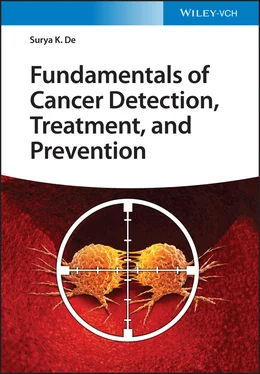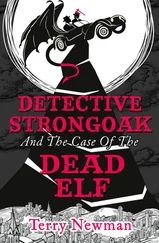Furthermore, the WHO has reported that any kind of red meat may be linked to an increased risk of colorectal cancer. There are studies suggesting red meat contributes to pancreatic and prostate cancers, although the evidence is not as conclusive.
According to the American Institute for Cancer Research, there is now strong evidence that drinking alcohol increases the risk of developing several forms of cancer, including those of the mouth, pharynx, larynx, esophagus, liver, breast, stomach, and colorectum [19–35]. Drinking even small amounts regularly was shown to increase the risk of specific cancers, such as breast ( Figure 2.6).
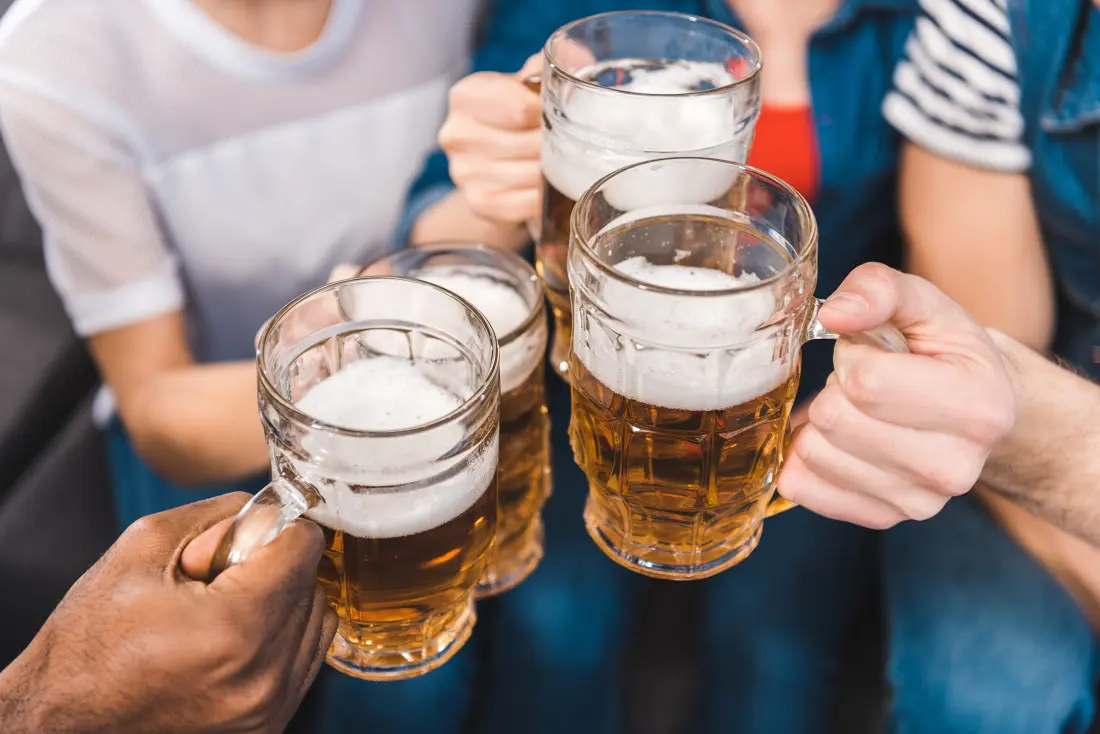
Figure 2.6 Drinking alcohol causes cancer.
Source: LIGHTFIELD STUDIOS/Adobe Stock.
For cancer prevention, it is suggested that alcohol consumption be eliminated. However, since alcohol has also been shown to have certain health benefits, including reducing heart disease and type 2 diabetes, guidelines have been modified to drinking two alcoholic beverages per day for men, and one per day for women.
Once in the body, ethanol is easily oxidized to acetaldehyde. DNA bases such as purine and pyrimidine are nucleophiles and react with acetaldehyde resulting in DNA damage inside cells. Alcohol and its byproducts damage the liver leading to inflammation and scarring (cirrhosis). Though liver cells try to repair the damage, yet they can end up with mistakes in their DNA, which can lead to cancer ( Figure 2.7).
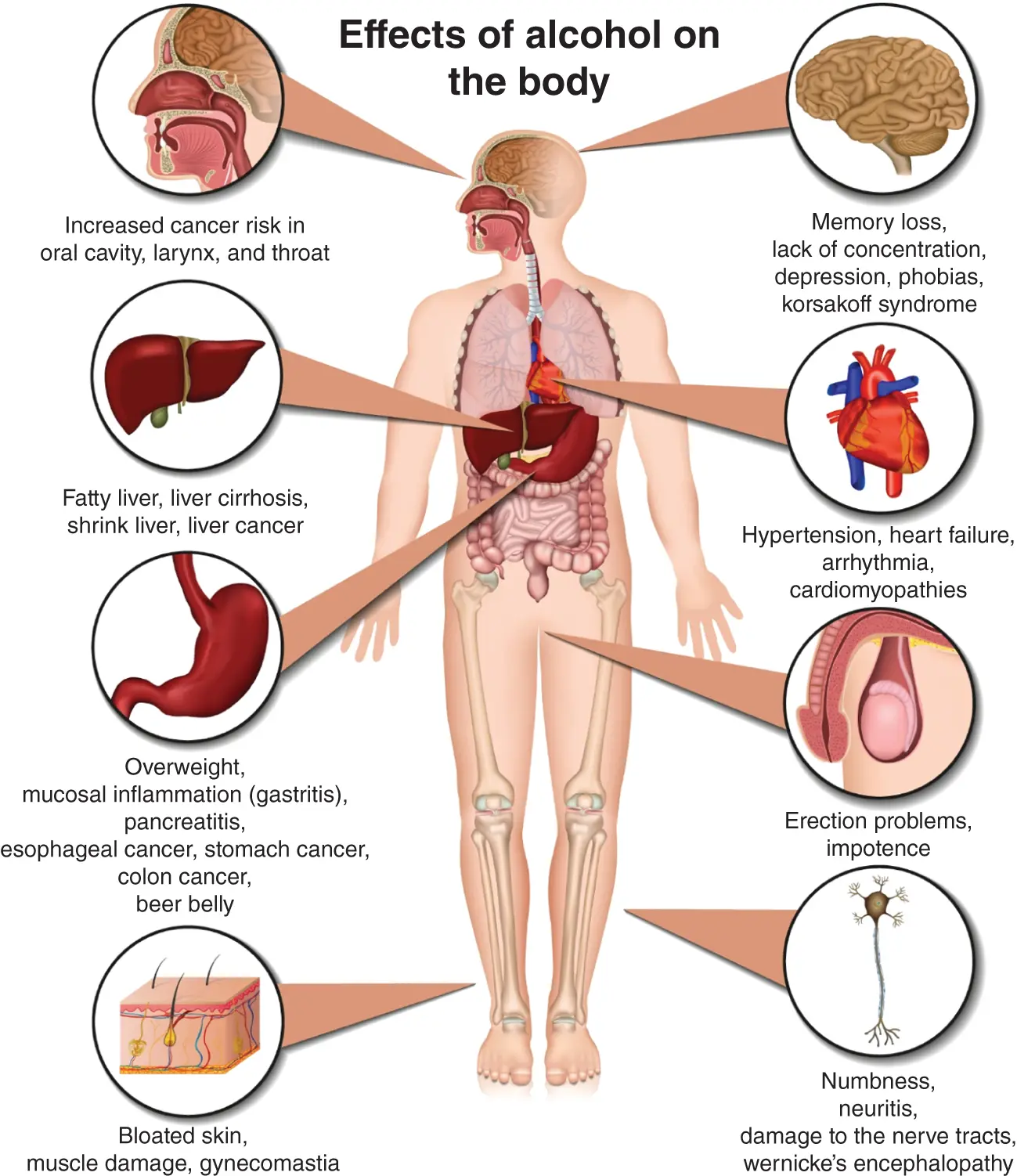
Figure 2.7 Bodily long‐term effects of alcohol consumption.
2.9 Role of Smoking or Tobacco Use on Cancer
Tobacco use is one of the leading causes of cancer and cancer mortality. People who smoke or use tobacco products, or who are regularly around environmental tobacco smoke known as “secondhand smoke,” have a proven, increased risk of developing cancer. Tobacco products contain more than 70 chemicals that damage DNA [36–72]. According to the Centers for Disease Control and Prevention (CDC), nonsmokers exposed to secondhand smoke at home or at work increase their risk of developing lung cancer by 20–30%.
Tobacco use has been linked to several types of cancer, including that of the lungs, larynx (voice box), mouth, esophagus, throat, bladder, kidney, liver, stomach, pancreas, colon and rectum, and cervix, as well as acute myeloid leukemia ( Figure 2.8). Even people who use smokeless tobacco (snuff or chewing tobacco) are more susceptible than nontobacco users to cancers of the mouth, esophagus, and pancreas.
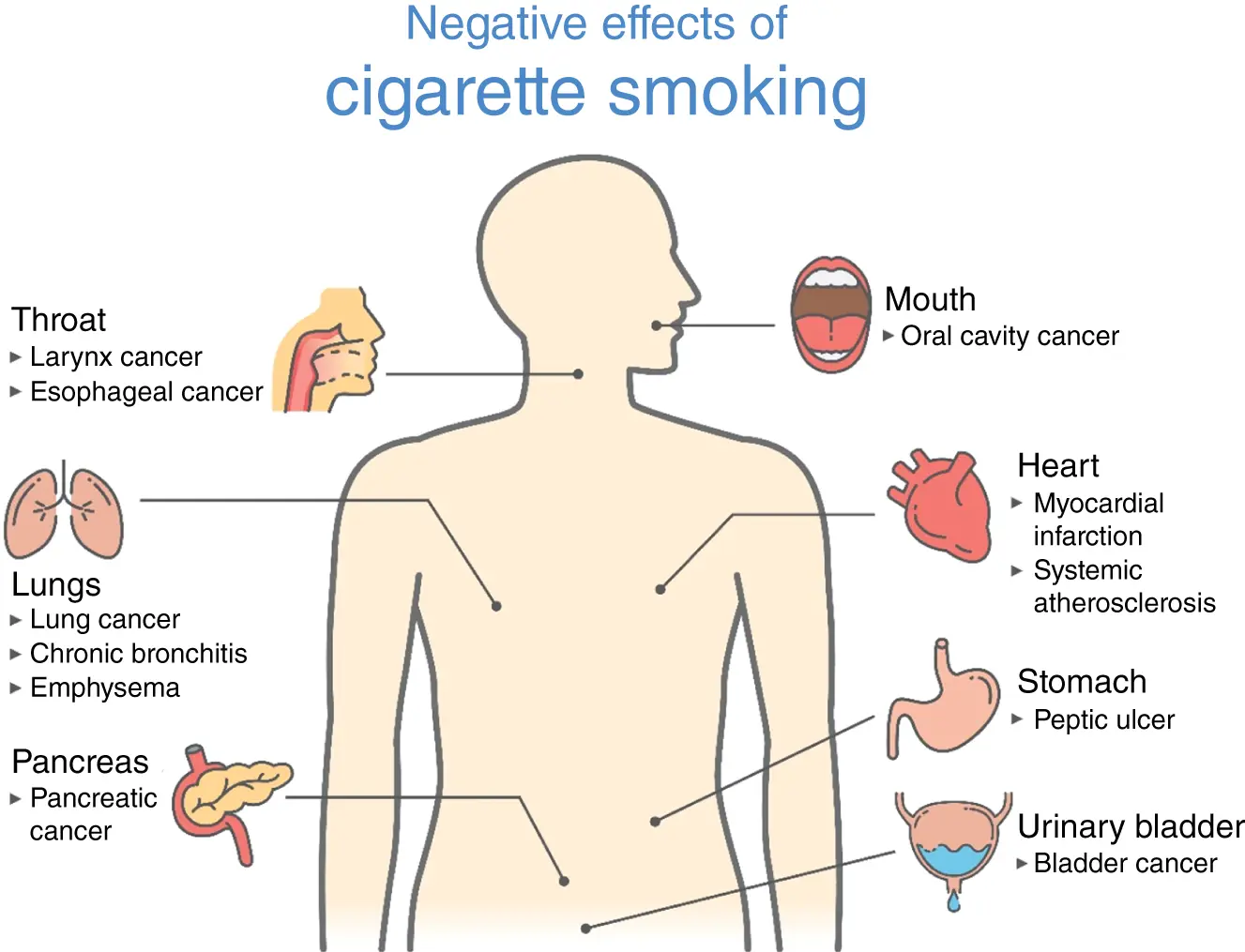
Figure 2.8 Negative bodily effects of smoking.
There is no safe level of tobacco use, and it is recommended that anyone using any kind of tobacco product stop immediately. The tobacco industry has been known to minimize the risk, but obviously, an individual consumer's health is not their priority. Fortunately, those who quit smoking, regardless of their age and gender, increase their life expectancy substantially over people who continue to smoke. Furthermore, quitting smoking at the time of a cancer diagnosis significantly reduces an individual's risk of dying.
2.10 Role of Radiation on Cancer
Radiation of certain wavelengths, called ionizing radiation, has enough energy to damage cellular DNA and thereby cause cancer. Examples of ionizing radiation are radon, X‐rays, gamma rays, alpha particles, beta particles, and solar ultraviolet (UV) rays (discussed next). Although X‐rays are frequently used for diagnostic purposes in humans, the amount of exposure from them is not considered enough of the cancer risk to justify avoiding routine X‐ray screenings for potentially more life‐threatening conditions ( Figure 2.9). The studies demonstrating the association between radiation and cancer tend to involve extremely high exposure levels, like those in a nuclear disaster, or the intense radiation sometimes needed to treat people who already have cancer. Nevertheless, the American Cancer Society cautions that “there is no threshold below which this kind of radiation is thought to be totally safe.”
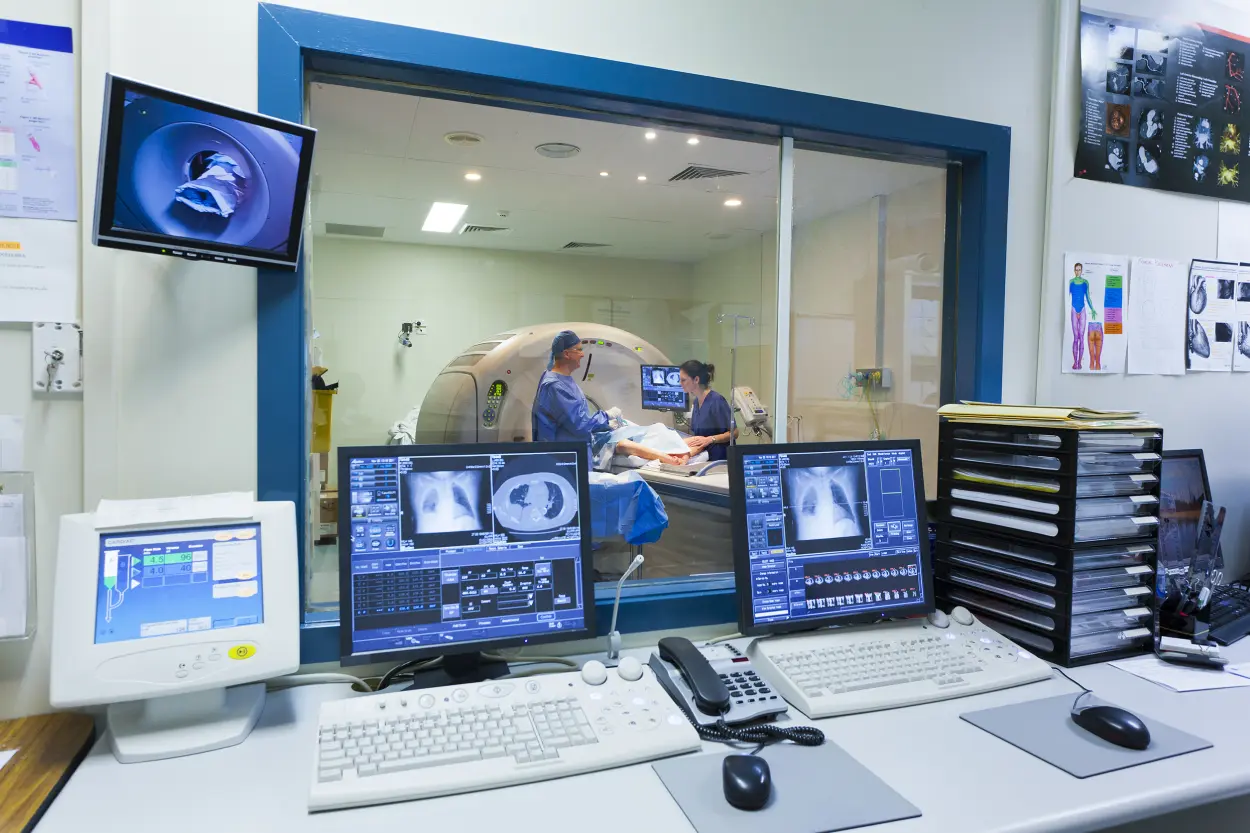
Figure 2.9 Role of radiation on cancer.
Source: Image Supply Co/Adobe Stock
.
Visible light and the energy from cell phones and electromagnetic fields are lower‐energy, nonionizing forms of radiation. They do not affect DNA and have not been linked to developing cancer.
2.11 Role of Sunlight and UV Radiation on Cancer
The sun, sunlamps, and tanning booths all produce UV radiation. Too much exposure to UV radiation damages the skin, resulting in early signs of aging and an increased risk of skin cancer ( Figure 2.10). Although these effects are more common among people with light skin tone, individuals with any color skin can develop skin cancer [77,78].

Figure 2.10 Role of sunlight on cancer.
Source: muhor/Adobe Stock.
People of all ages and skin tones are recommended to limit the amount of time they spend in the sun, especially between 10:00 am and 4:00 pm, when the sun's rays are the most intense. Keep in mind that UV radiation is reflected by sand, water, snow, and ice, and it can penetrate windshield and window glass. For anyone planning to be outside for over 15 minutes, it is advisable to apply sunscreen generously and repeatedly, stay in the shade as much as possible, and wear protective clothing. Tightly woven, loose‐fitting clothes that cover most areas of exposed skin work best. Choose bright or dark colors as these reflect more UV radiation than pastels or bleached fabrics.
Other sources of UV radiation, such as tanning beds, should also be avoided ( Figure 2.11). According to the Skin Cancer Foundation, people who use a tanning bed before age 35 increase their chance of developing melanoma (skin cancer) by 75%.
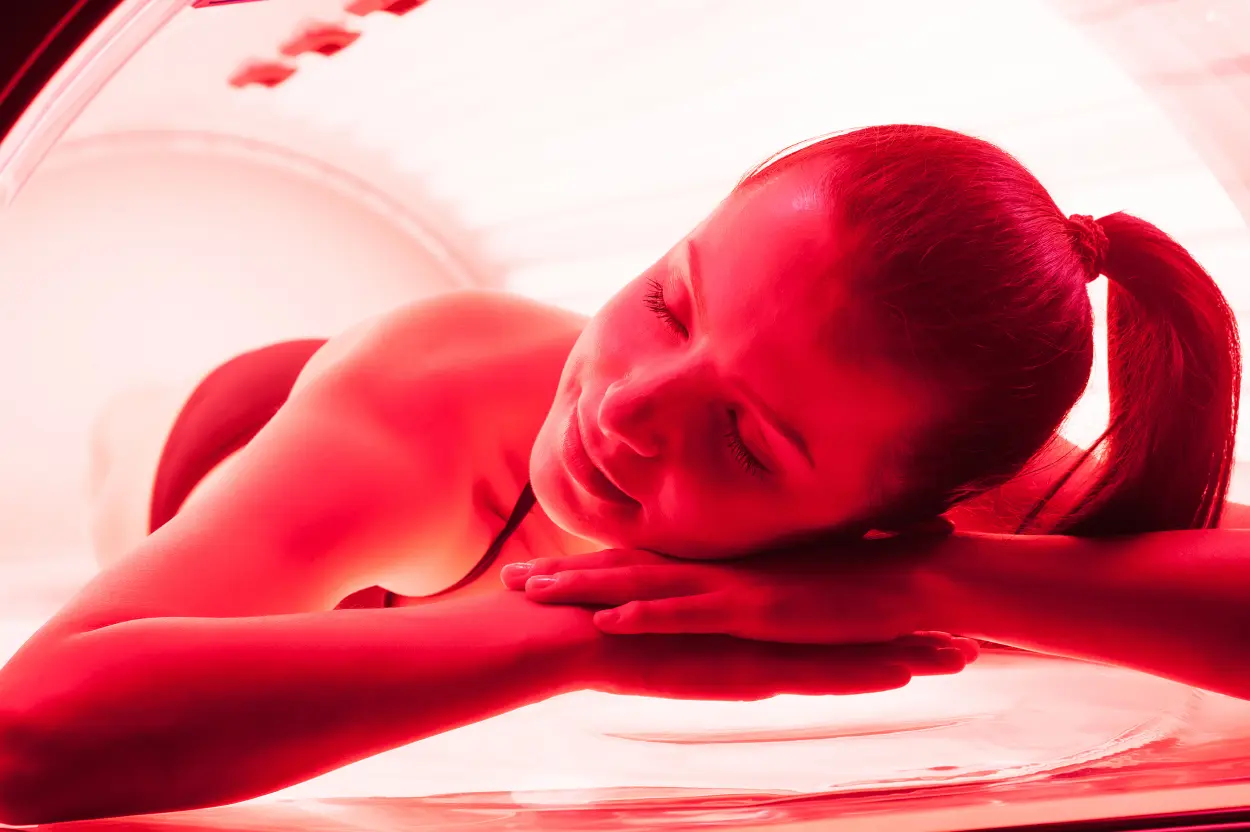
Figure 2.11 Role of tanning beds on cancer.
Source: gstockstudio/Adobe Stock
.
2.12 Role of Radon on Cancer
Radon (Rn) is a radioactive, colorless, odorless, tasteless noble gas, given off by rocks and soil as the radioactive element radium (Ra) breaks down. Radium, which is formed when the radioactive elements uranium (U) and thorium (Th) break down, was discovered by Marie and Pierre Curie in 1898. People who are exposed to high levels of radon may have an increased risk of lung cancer [80,81].
Some parts of the United States have higher levels of radon in their rocks and soil, and for this reason, affordable radon test kits have been developed to assess the amount of this gas in individual homes. The test kits are available at most hardware stores. There are several ways to reduce home radon to a safe level.
Читать дальше
